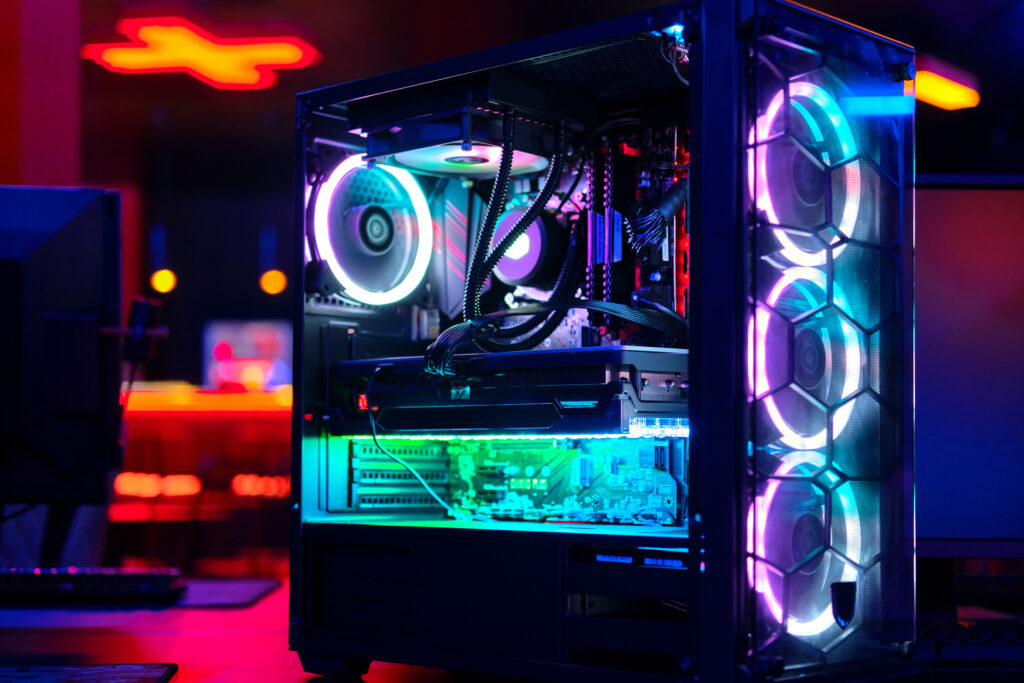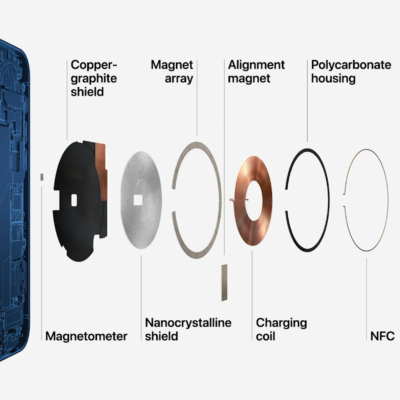Here’s a question — when you get down to do some serious work, do you prefer to plug your laptop into an external monitor? Ditto. Almost everyone I know has such a setup at home now, including myself. It boosts productivity and reduces fatigue.
But this post is not about contesting the pros of this ‘desktop-mode’ which has getting so popular so fast. It’s about a feature which, if manufacturers begin rolling out in their laptops, will make them much more useful in desktop mode.
It’s a simple idea. Today’s laptop are mainly designed around portability. When you hook them up with external displays to use them as a desktop workstation, you are basically ‘hacking’ the design.
In this mode of use, portability goes on the back-burner. Raw computation power becomes the first priority. You want your laptop to act like a powerful workstation.

Sadly, that doesn’t happen. The way laptops are designed nowadays — they can’t act like powerful workstations. It’s mainly because more computation generates more heat and laptops simply don’t have the means to dissipate much heat.
Why not? Well, to dissipate more heat laptops need to be fitted with bigger heat sinks and powerful fans. Doing so makes the laptop heavy and bulky — compromising portability.
So what’s the solution? An external cooling aid!
Now we have all seen those clunky laptop supports with inbuilt USB powered fans. Nobody likes them, so they better not be any part of the solution. Fortunately, they are not.
A few months back Intel filed a patent describing a power connector that can not only charge your laptop’s battery, but also at the same time pump cool air into its chassis. A constant inflow of cool air into the laptop means that your CPU can crunch data faster without worrying about all the extra heat that would generate.
Since the air pump is fitted on the power adaptor itself, it does not need to ask the laptop to share its power. Also, it means that it won’t add another gadget to you desk. This also means that this pump can be fairly powerful because it has (practically speaking) an infinite power source. I think it’s a good design.

However, Intel is not the only company thinking on these lines. Last year, HP also filed a patent, showing laptop heat sink that can eject itself out of the chassis (using inbuilt motors) when more heat dissipation, than what is possible within the chassis, is needed.

I think this design is worse than that of Intel’s for a couple of reasons. First off, it exposes a hot surface, making it a burn hazard (temperatures of typical laptop heat sinks can easily go 80°C). Secondly, moving parts have reliability issues and generally avoided wherever possible. Third, it seems to me that merely exposing the heat sink to open air might not dramatically increase heat dissipation. For workstation level performance, a fractional increase just won’t do.
There are many other similar ideas to be found in patents if we go back a little.
About ten years back, the Taiwanese company, Foxconn, also obtained a patent for a PCMCIA module (remember those?) with a cooling fan. However, with today’s laptops omitting even USB slots to achieve a better form factor, this possibility is as good as dead.

It seems that Dell was also experimenting with an external cooling system for their mini-PCs few years back. However, later they abandoned their patent, suggesting that they gave up on the idea for some reason.

Despite some of these sub-optimal designs and abandoned endeavours, I still have my fingers crossed for such devices. This is not mere hope. Almost all technologies that gain popularity are conceived and described in patents years before they get traction in the market.
Recently I was reading about the history of inkjet printing. The first patents on inkjet printing were filed in the mid-70’s but there were hardly any inkjet printers in the market until the 90’s.
I think in the coming few years, this technology too will become more relevant. There are two reasons for that:
- Desktop sales have been decreasing steadily for a decade now. Gone are the days when a desktop PC could be your primary device at workplace. With the added need for flexibility and remote work, laptops will have to serve the needs of powerful workstations too.
- The energy density of batteries has tripled in the last 10 years but I’m sure you don’t need stats to appreciate that even this isn’t enough. The next best thing to longer-running batteries is fast charging batteries. However, fast charging is again limited by heat dissipation.
Both of these problems could be solved through external cooling aids. Need for this seems to be equally, if not more pressing, for mobile phones. People want their phones to charge fast and run intensive games. With VR around the corner, demands on mobile performance are certainly going to spike.
So it’s quite possible that this technology arrive first for smartphones or VR headsets. Can’t say it’s an exciting possibility because then I would still have to put up with my laptop fans making noise resembling a jet taking off!
—
Cover Photo by Nikolay Tarashchenko on Unsplash
—
Liked this article? Do subscribe to our weekly newsletter to read more such stuff.


